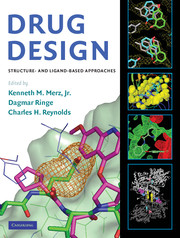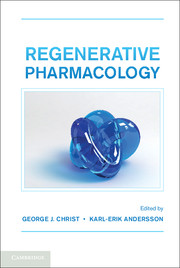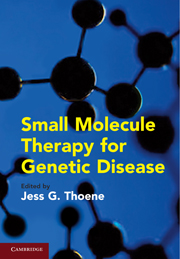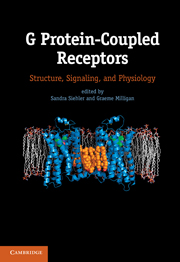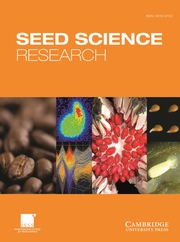Drug Design
Structure-based (SBDD) and ligand-based (LBDD) drug design are extremely important and active areas of research in both the academic and commercial realms. This book provides a complete snapshot of the field of computer-aided drug design and associated experimental approaches. Topics covered include X-ray crystallography, NMR, fragment-based drug design, free energy methods, docking and scoring, linear-scaling quantum calculations, QSAR, pharmacophore methods, computational ADME-Tox, and drug discovery case studies. A variety of authors from academic and commercial institutions all over the world have contributed to this book, which is illustrated with more than 200 images. This is the only book to cover the subject of structure and ligand-based drug design, and it provides the most up-to-date information on a wide range of topics for the practising computational chemist, medicinal chemist, or structural biologist. Professor Kenneth Merz has been selected as the recipient of the 2010 ACS Award for Computers in Chemical & Pharmaceutical Research that recognizes the advances he has made in the use of quantum mechanics to solve biological and drug discovery problems.
- Covers a wide range of topics in rational drug design
- Includes many of the most recent developments in computer-aided drug design
- Leading researchers in the field provide a snapshot of what is happening now
Product details
May 2010Hardback
9780521887236
286 pages
285 × 225 × 18 mm
1.21kg
204 b/w illus. 26 tables
Available
Table of Contents
- Preface
- 1. Progress and issues for computationally guided lead discovery and optimization William L. Jorgensen
- Part I. Structural biology:
- 2. X-ray crystallography in the service of structure-based drug design Gregory A. Petsko and Dagmar Ringe
- 3. Fragment-based structure-guided drug discovery: strategy, process, and lessons from human protein kinases Stephen K. Burley, Gavin Hirst, Paul Sprengeler and Siegfried Reich
- 4. NMR in fragment-based drug discovery Christopher A. Lepre, Peter J. Connolly and Jonathan M. Moore
- Part II. Computational Chemistry Methodology:
- 5. Free-energy calculations in structure-based drug design Michael R. Shirts, David L. Mobley and Scott P. Brown
- 6. Studies of drug resistance and the dynamic behavior of HIV-1 protease through molecular dynamics simulations Fangyu Ding and Carlos Simmerling
- 7. Docking: a domesday report Martha S. Head
- 8. The role of quantum mechanics in structure-based drug design Kenneth M. Merz
- 9. Pharmacophore methods Steven L. Dixon
- 10. QSAR in drug discovery Alexander Tropsha
- 11. Predicting ADME properties in drug discovery William J. Egan
- Part III. Applications to drug discovery:
- 12. Computer-aided drug design: a practical guide to protein-structure-based modeling Charles H. Reynolds
- 13. Structure-based drug design case study: p38 Arthur M. Doweyko
- 14. Structure-based design of novel P2-P4 macrocyclic inhibitors of hepatitis C NS3/4A protease M. Katharine Holloway and Nigel J. Liverton
- 15. Purine nucleoside phosphorylases as targets for transition-state analog design Andrew S. Murkin and Vern L. Schramm
- 16. GPCR 3D modeling Frank U. Axe
- 17. Structure-based design of potent glycogen phosphorylase inhibitors Qiaolin Deng.

